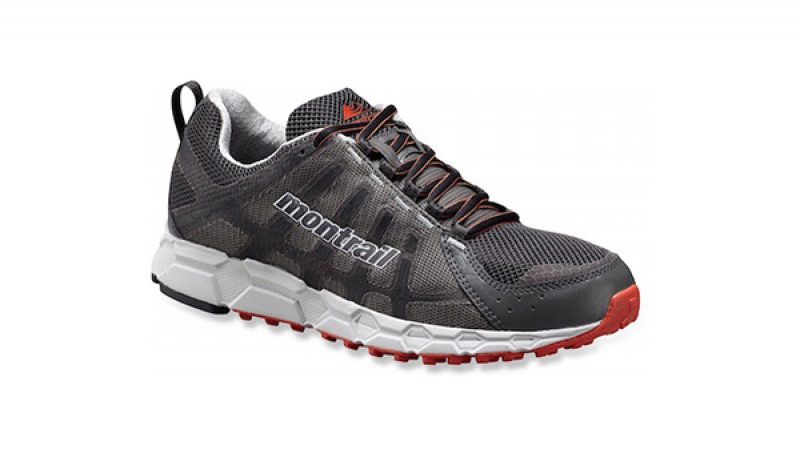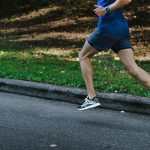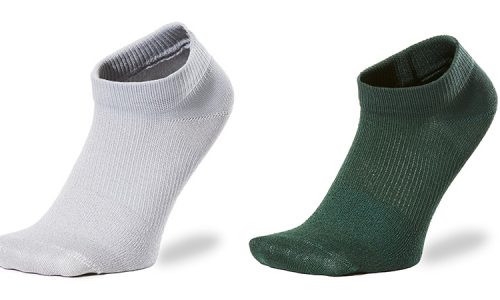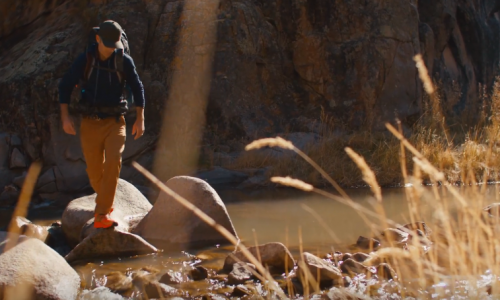Home » Gear Reviews » Running » Running Shoes » Road Running Shoes » Cushioned Running Shoes » Montrail Bajada 2
Montrail Bajada 2 Review
April 2, 2015









 78
78 The Good
- Excellent traction
- Decent turnover for a shoe in this weight class
- Well protected underfoot
The Bad
- Narrow midfoot and toebox
- Stiff ride and cushioning
- Stack height can inhibit stability on technical terrain
Like the original, the Montrail Bajada 2 is a versatile, general purpose trail shoe. It can handle a wide range of applications, with the possible exception of aggressive running on technical terrain.
The Montrail Bajada 2 is a mid-weight, traditional drop, general purpose, workhorse trail shoe. The Bajada is protective from front to back without being overbuilt, and the outsole lugs provide excellent grip without being too large and limiting turnover. The Bajada is a stiffer shoe than most in this category, both rotationally and longitudinally. This characteristic makes the Bajada more responsive than many shoes of this type and helps sustain the runner during long outings. Although the Bajada generally performs well, the overall ride is firm and some might find it too harsh.
Despite the 12 oz weight, the Bajada is not a comfort shoe, and runners seeking a softer or more cushioned feel will have a hard time wearing it for longer periods. It also has a somewhat narrow forefoot—although this did not present any problems during testing. For runners who prefer a stiffer shoe, the Bajada is a credible long distance racing shoe for both mid-pack and competitive runners.
Comfort
The Bajada is definitely not a soft or plush shoe. Instead the midsole material is fairly firm, and the overall ride stiff. The shoe did become more flexible with break-in, but it still has considerably less give than most shoes in this class. The upper materials are fairly typical and in testing, did not present any comfort or protection issues, but the narrow forefoot might be problematic for some runners.
Speed & Agility
Although the firm midsole material detracts from the comfort of the Bajada, responsiveness and turnover are both enhanced by this feature. During testing, the Bajada’s narrower forefoot aided agility and the energy return seemed great on long, gradual descents. All of these features result in a shoe that can handle faster running better than most in this category and can at times, feel almost spring-loaded.
Security of Fit
Getting a good fit with the Bajada was a little difficult due to the thick upper material in the front of the shoe. However, after the initial adjustment, the forefoot seemed to stay locked in without any issues. We noticed some looseness in the heel and this was little more problematic with the midsole’s rotational stiffness and the excellent traction; basically the shoe stays stuck to the ground, so the only motion of the foot is inside the shoe. Given that the Bajada is primarily built for slower running, this is not a deal-breaker, but it does limit the shoe’s versatility.
Responsiveness
Heeluxe, our shoe testing laboratory partner, tests the responsiveness of a shoe by measuring how thick a running shoe is and multiplying it by how much pressure the forefoot foot feels while running. The softer or thicker the midsole, the less responsive a shoe will feel, but the more comfortable the shoe will generally feel. The thinner or firmer a midsole is, the more power you’ll feel at toe-off.
Stability
The overall stiffness and rigidity of the Bajada add stability. This is countered somewhat by the stack height and the narrower ground contact area. The result is a shoe that feels solid on easy–moderate technical terrain, but struggles during aggressive, all-out running on twisty and obstacle, rich trail.
Over the course of a few weeks, our wear-test team does multiple runs in each pair of shoes they test. They aim for a variety of runs (easy recovery runs, long training runs, harder race-pace efforts) across as many different types of trails as they can manage. The team is spread across the country, so we are able to test under a variety of different conditions, terrains, and types of trail, from gently-rolling fire roads to highly technical mountain singletrack.



















